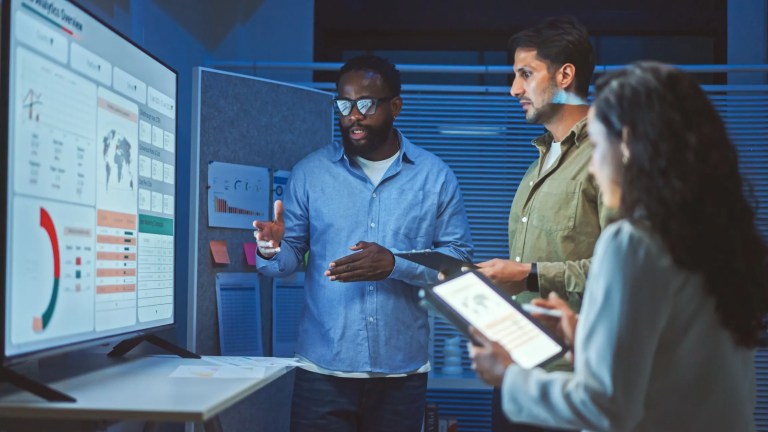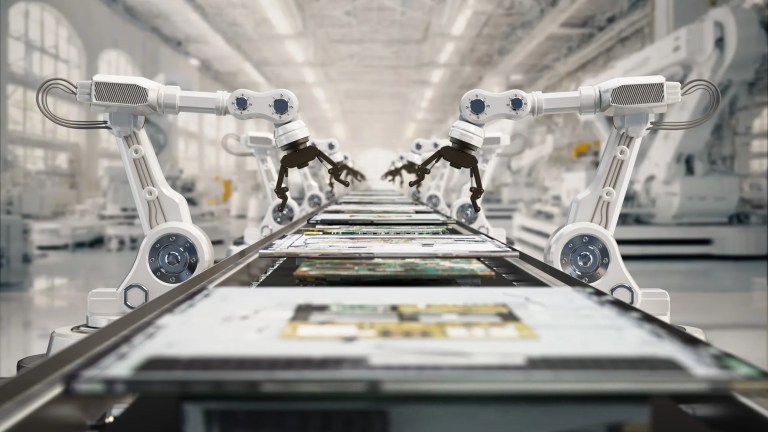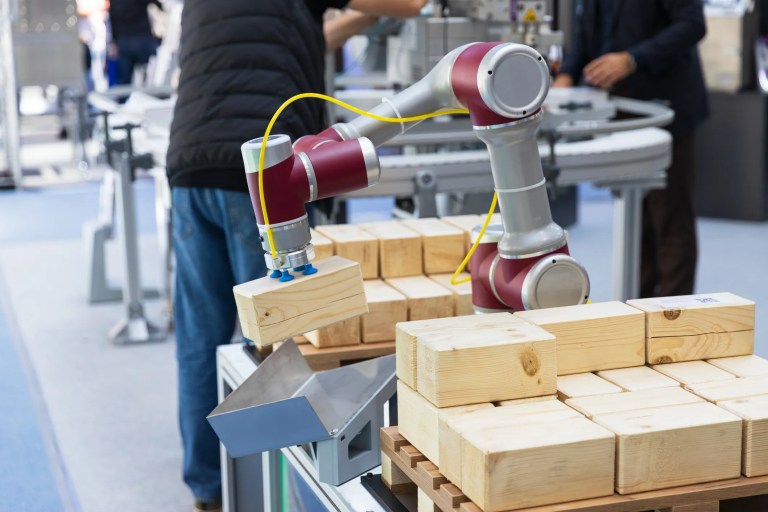How AI Is Transforming the Financial World
Artificial intelligence (AI) empowers finance teams to make smarter, faster decisions that drive value across the organization. Its data-processing capabilities and automation are being applied…

Artificial intelligence (AI) empowers finance teams to make smarter, faster decisions that drive value across the organization. Its data-processing capabilities and automation are being applied…

What makes Artificial Intelligence (AI) so compelling is its ability to breathe life into machines, enabling robots to make decisions independently, learn from experiences, and…

You might be working next to a robot today without even realizing it. Collaborative robots (cobots)—designed to work safely alongside humans—have seen a 40% increase…

Standard Artificial Intelligence (AI) terminology is vital for clear and consistent communication across the global AI ecosystem, including researchers, developers, policymakers, and the public. Standardization reduces…

79% of people in the US interact with artificial intelligence (AI) almost constantly or several times a day. In fact, nearly all Americans use products that involve AI features,…

Do you need to make a grocery list, schedule appointments to your calendar, or figure out navigation directions? “Cognitive offloading” is the practice of reducing…

Artificial Intelligence (AI) is experiencing widespread adoption in businesses globally, with approximately 78% of companies either actively using or exploring its potential. Its use ranges from chatbots…

Artificial intelligence (AI) is predicted to affect almost 40% of jobs around the world, replacing some and complementing others. Consequently, we need a careful balance…

As artificial intelligence (AI) becomes a part of modern business, it is critical for organizations to establish a strategic AI framework that addresses current challenges…